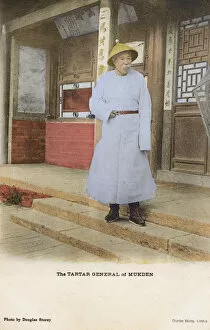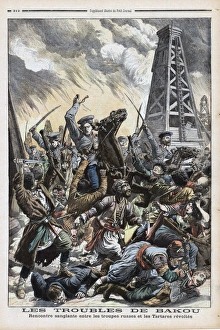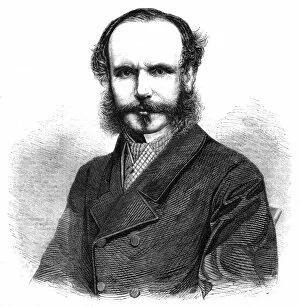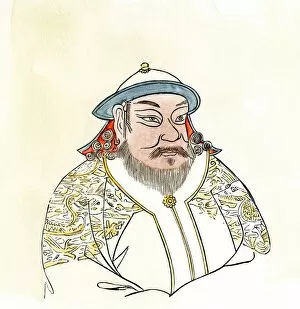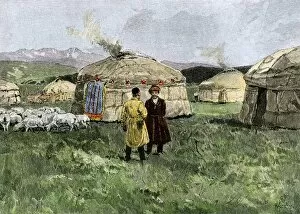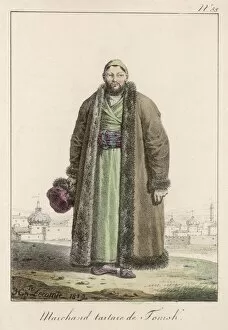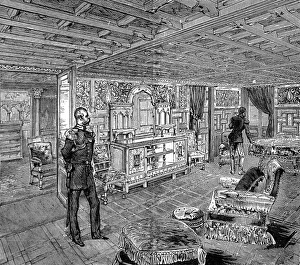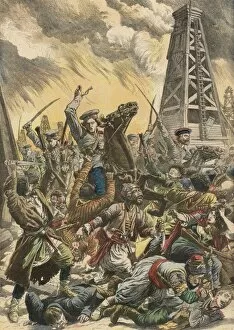Tartar Collection (page 6)
Tartar, a word that carries the echoes of history and diverse cultures
All Professionally Made to Order for Quick Shipping
Tartar, a word that carries the echoes of history and diverse cultures. From the fierce Mongol horsemen galloping across vast plains to the brave soldiers demonstrating their unmatched horsemanship, it has left an indelible mark on our world. The name also resonates with naval power, as seen in the HMS Tartar - Tribal Class Destroyer of the Royal Navy. This mighty vessel symbolizes strength and resilience, sailing through treacherous waters with unwavering determination. But Tartar is not just about warriors and battles; it encompasses human connections too. A Siberian Tartar woman embraces her Russian Mongol partner, bridging cultural divides and celebrating love's triumph over differences. In harmony with their nomadic lifestyle, Mongol tribes move camp effortlessly across landscapes untouched by time. Their existence reflects a deep connection to nature and an understanding of life's transient nature. Symbols such as PASI2A-00001 or EXPL2A-00146 may seem cryptic at first glance but hold stories waiting to be unraveled. They represent moments frozen in time – perhaps captured by Saint Hyacinth carrying an image of the Virgin or reminiscent of Sisyphus' eternal struggle against fate. Even within military settings like HMS Tartar splicing rope in service to the Royal Navy, there is evidence of camaraderie and teamwork that transcends borders and ranks. Pah tah lom boo stands tall as a Tartar Brigadier-General 2nd Class Mandarin – a testament to leadership forged through experience and wisdom gained on countless battlefields. Lastly, we cannot forget those who have been laid to rest alongside their loyal companions. The phrase "TARTAR BURIED W. HORSE" evokes images of honor bestowed upon fallen warriors who were inseparable from their trusted steeds even in death.






